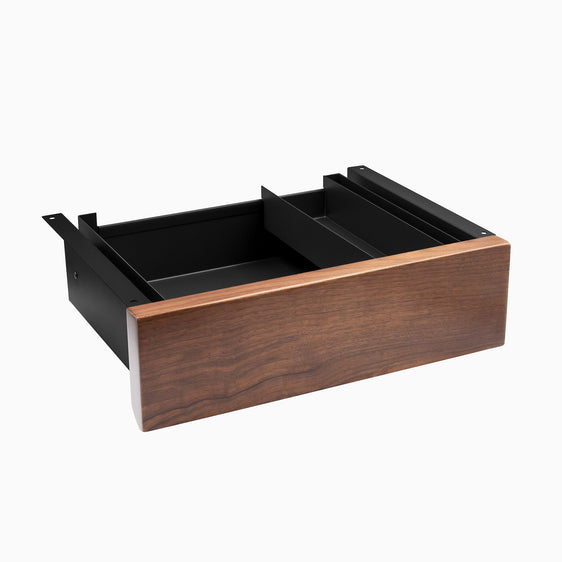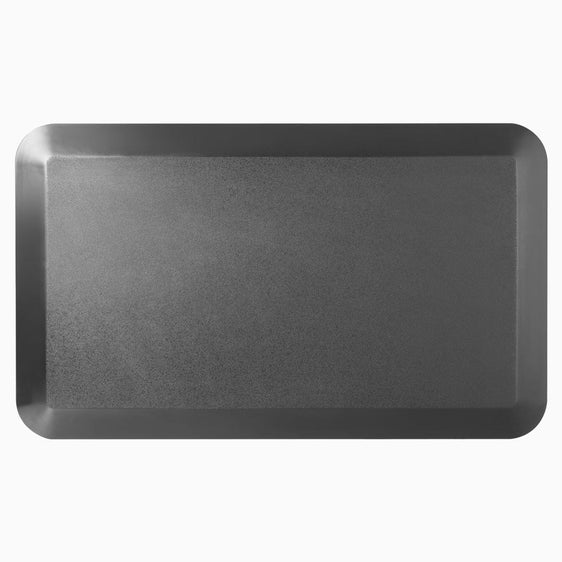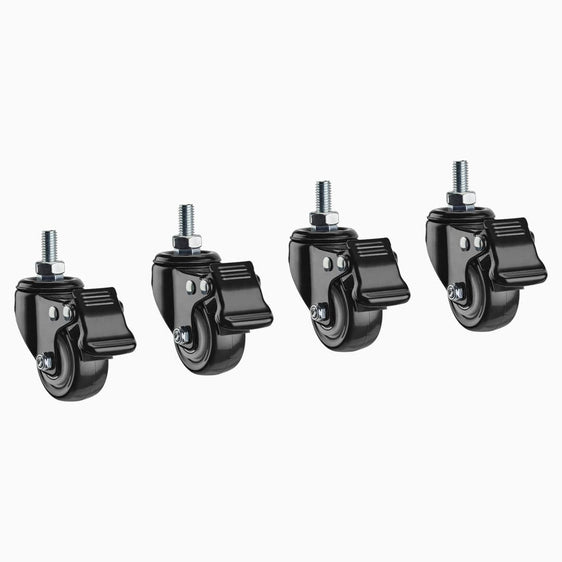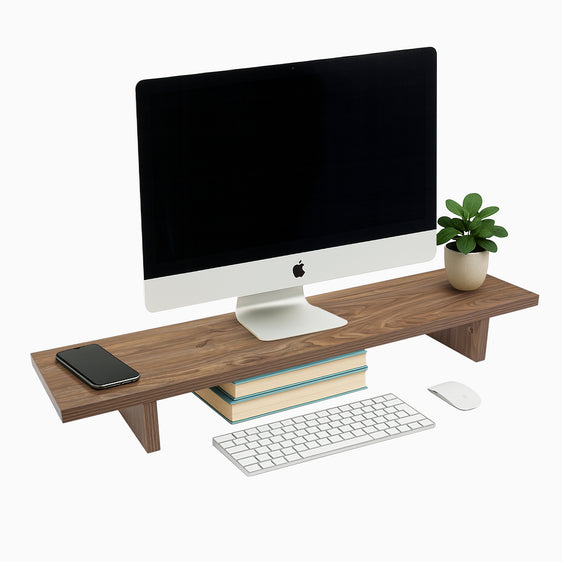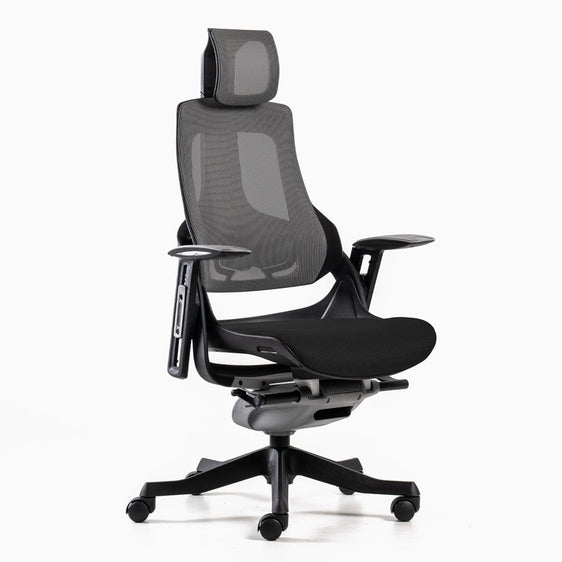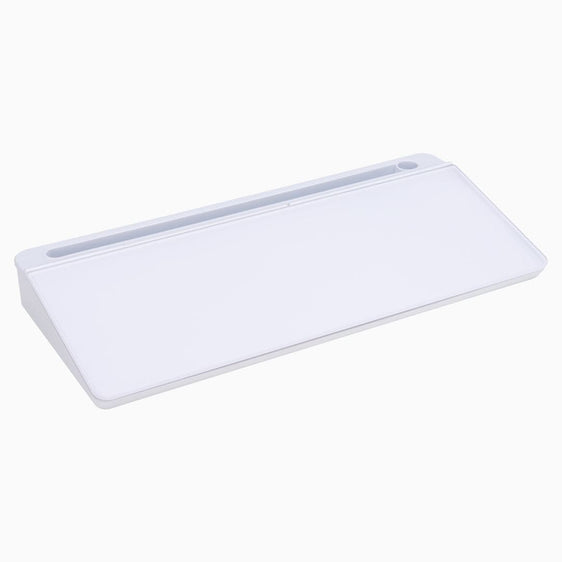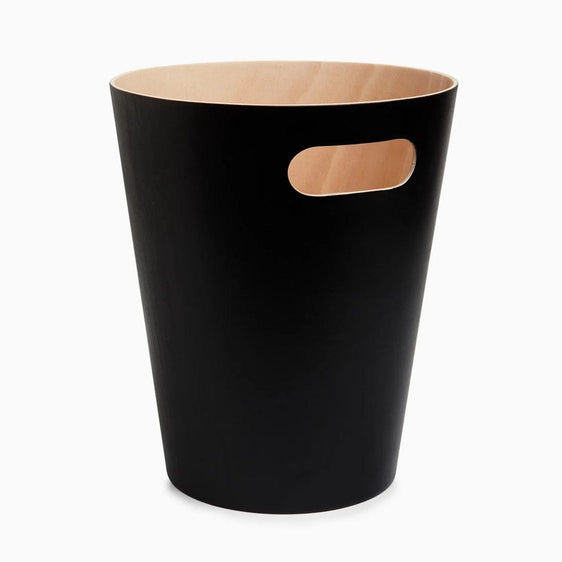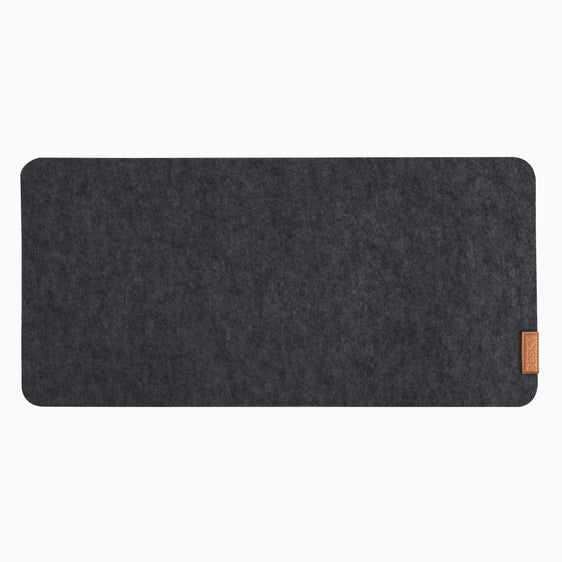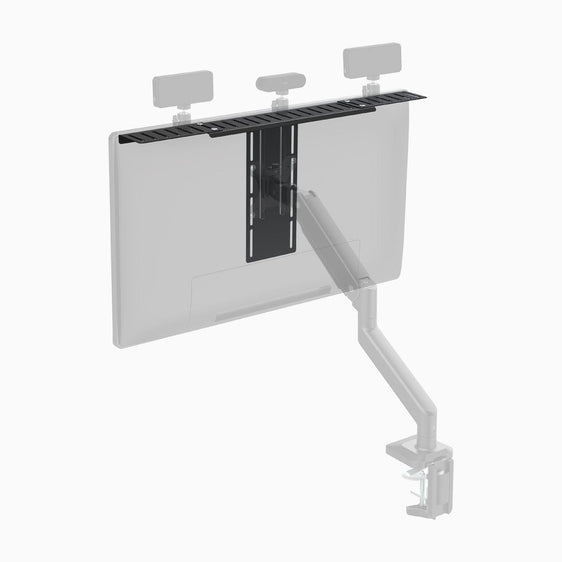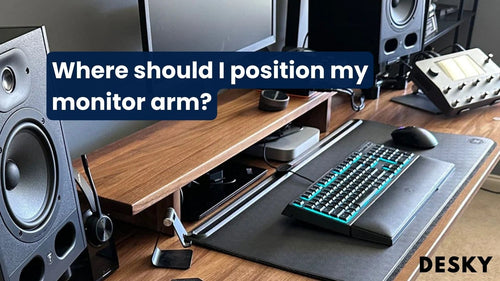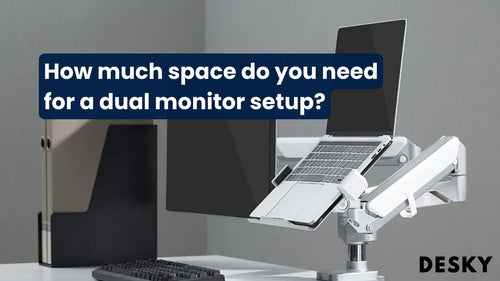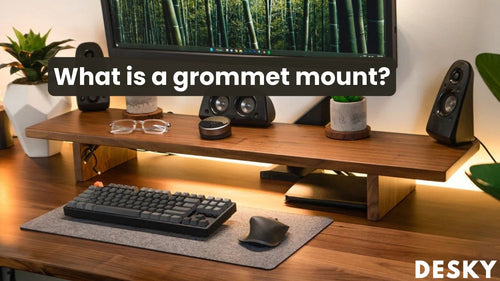
FAQ
What is the angle for sitting ergonomics?
Hayden AdamsIn today’s era of extensive desk work, understanding the ideal sitting position can make a significant difference in both productivity and well-being.
This article delves into the angles and positions promoting optimal comfort and functionality while seated.
What is the Optimal Sitting Angle?
Ensuring an accurate sitting angle significantly impacts your comfort at your workspace. Aim to maintain your body's crucial joints—the hips, knees, and ankles—at an angle exceeding 90° but slightly elevated. It is advisable to arrange your knee joints equal to or below your hip joints.
Also, your ankles should be positioned ahead of your knees. A gap equivalent to three fingers' width between the front edge of the seat and the back of the knee is ideal. This elevates your physical comfort, significantly reducing the risk of stress injuries.
What is the Ergonomic Position for Sitting?
Utilizing an ergonomically designed chair that supplements your spine's natural curve is crucial. Look for chairs with adjustable height settings, allowing your feet to rest firmly on the floor or on a footrest, ensuring parallel thighs to the floor.
{{ spec_pro_plus_chair }}
If your chair features armrests, they should enable your arms to rest comfortably, with your elbows near your torso and relaxed shoulders. This position facilitates a relaxed yet attentive posture, decreasing the strain on your back and shoulders.
What is the Correct Degree for Sitting Position?

Although this subject often invites differing opinions, most ergonomic experts suggest maintaining a slightly reclined posture with an angle of approximately 100°-110° between your legs and back.
This posture helps distribute your body weight evenly across the chair and backrest, easing the burden on your spine. Furthermore, it promotes a relaxed and alert state that is ideal for productivity and maintaining focus.
{{ spec_rippled_foot_rest }}What is a 135 Degree Sitting Position?
Contrary to the common perception of a right-angled posture, researchers have found the least disk movement and back strain at a surprising 135 degrees.
This posture, where the back leans slightly backward, creating a 135-degree angle between the thigh and the torso, is deemed the most beneficial for minimizing harmful pressure on your spinal disks.
Keep in mind that maintaining this reclined posture necessitates a suitable chair design to provide adequate support. In Australia, our best pick is the Desky Pro+ Ergonomic Chair which has a tilt mechanism, lumbar support, a height-adjustable seat and armrests, and breathable mesh fabric.
Conclusion
Finding the perfect balance between comfort and productivity involves more than a simple chair adjustment. You must consider your body's positioning at every angle.
Ensure that your knees, hips, and ankles align properly, understand your chair's ergonomic benefits, and remember the ideal degrees for a sitting position. When used correctly, ergonomics help to maintain better physical health and promote more efficient work habits.

